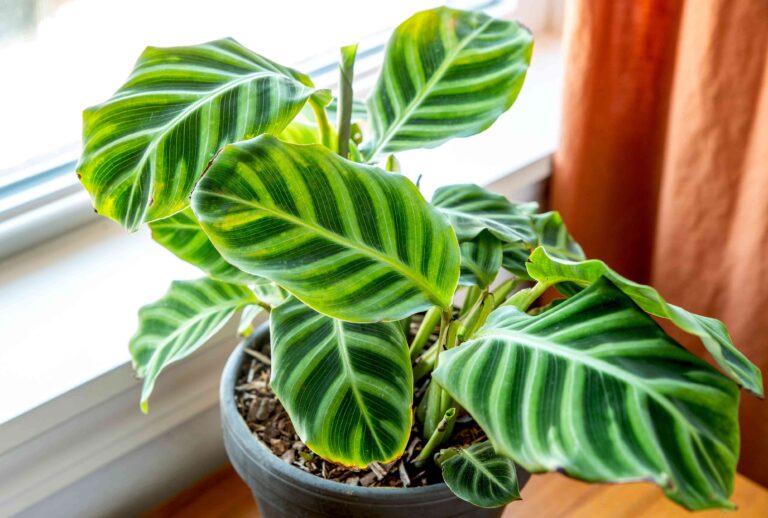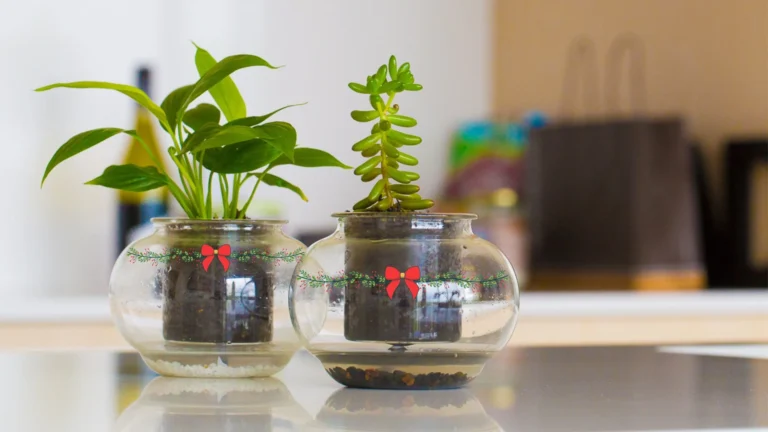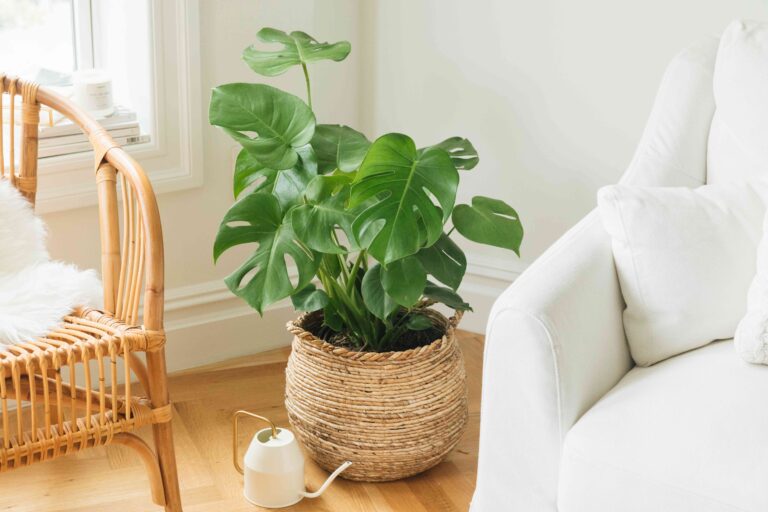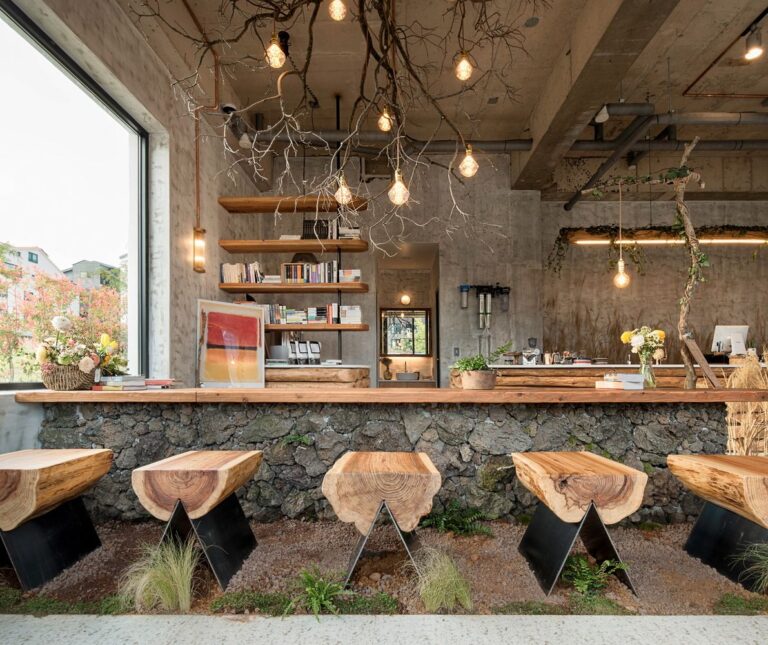How Do You Keep Kalanchoe Blooming?
Kalanchoe is a genus of flowering succulents that produce beautiful clusters of small flowers. The blooms are usually short-lived, lasting only a few weeks. However, with the right care and maintenance, you can keep your Kalanchoe blooming for months. To keep your Kalanchoe blooming, you’ll need to provide it with plenty of light, water, and fertilizer. Additionally, you’ll need to monitor the temperature and humidity levels of your plant’s environment and prune it regularly to promote new growth. With the right care, you can keep your Kalanchoe blooming again and again.
What is Kalanchoe and What Does it Need to Bloom?
Kalanchoe is a type of succulent, which is a group of plants that store water in their leaves, stems, and roots. It is a popular houseplant due to its unique growth patterns and vibrant blooms. Kalanchoe needs several basic elements to thrive and bloom. These include adequate sunlight, the right soil, and sufficient water.
Sunlight is essential for Kalanchoe’s growth and blooming process, as it helps it to photosynthesize. Place Kalanchoe in a spot that is exposed to some direct sunlight for at least 3-5 hours a day. However, be sure to not overexpose it to the sun, as this can cause it to become sunburned.
The soil for Kalanchoe should be light and well-draining. A mix of potting soil and some sand or perlite works best. When watering, make sure to check the soil before doing so. If the soil is still wet, wait to water until it has dried out. Kalanchoe should be watered around once a week and given more water during the growing season.
In terms of fertilizing, Kalanchoe only needs it once a month during the growing season. Make sure to use a fertilizer specifically formulated for succulents, as these plants require different nutrients than other types of plants.
By following these tips, your Kalanchoe will be blooming in no time!
How to Care for Kalanchoe to Encourage Blooming
When it comes to caring for Kalanchoe, the key to keeping it blooming lies in understanding the plant’s needs. Kalanchoe is a succulent, so it requires well-draining soil, plenty of light, and regular watering. For best results, it’s best to water Kalanchoe deeply and then allow the soil to dry out completely before watering again. This is because Kalanchoe is a succulent and doesn’t like to stay wet for long periods. With the right amount of light and water, Kalanchoe will grow and bloom in abundance. Fertilize your Kalanchoe with a balanced fertilizer every two weeks during the growing season. Prune your plant when it gets too large or when flowering slows down. Remove any dead or diseased leaves and stems. Kalanchoe also benefits from regular repotting as it encourages new growth. With proper care, you can help your Kalanchoe stay healthy and bloom for years to come.
Different Types of Kalanchoe and Their Optimal Growing Conditions
Kalanchoe is a popular succulent that blooms throughout the year and is great for indoor or outdoor gardens. It’s also easy to take care of, making it a great choice for beginner gardeners. But to keep your Kalanchoe blooming, there are certain conditions you must meet. Different types of Kalanchoe require different growing conditions, so it’s important to know exactly which type you have.
Kalanchoe blossfeldiana is the most popular variety of Kalanchoe, and it requires full sun and well-draining soil. It should be watered deeply but allowed to dry out before being watered again. Kalanchoe tomentosa is a bushier variety that prefers partial shade and moist, well-draining soil. It should be watered frequently, but not overly so. Kalanchoe luciae, also known as Flapjack, requires bright light and well-draining soil. It should be watered occasionally, but allowed to dry out before being watered again.
No matter which type of Kalanchoe you have, good growing conditions will ensure that it keeps blooming. Make sure you provide the correct amount of light and water, as well as well-draining soil, to keep your Kalanchoe looking and feeling its best. With a bit of TLC, your Kalanchoe will be blooming in no time!
Tips for Pruning and Propagating Kalanchoe
Kalanchoe is a genus of succulent plants native to Madagascar. It is renowned for its beautiful flowers and low maintenance requirements. By following a few simple tips, you can ensure that your Kalanchoe continues to bloom all year round. Pruning is essential for keeping your Kalanchoe looking its best – remove any wilted flowers and dead or diseased leaves. This will help to keep the plant healthy and promote new growth. Propagation is another great way to keep your Kalanchoe blooming. Propagate your plant by taking stem cuttings and replanting them in the soil. You should also provide your Kalanchoe with adequate light, water, and fertilizer, as these are essential for promoting healthy growth and vibrant blooms. With the right care and maintenance, you can easily keep your Kalanchoe flowering for years to come.

Common Problems that Can Prevent Kalanchoe from Blooming
When it comes to keeping your kalanchoe blooming, there are a few common problems that can prevent your plant from flowering. Without proper care and attention, kalanchoe plants can become stressed and stop producing flowers. Understanding the most common issues and how to solve them is key to keeping your kalanchoe healthy and blooming for years to come.
The most common problem is overwatering. Kalanchoe should be watered only when the top inch of soil is dry to the touch. If the soil is kept too wet, the roots can become waterlogged, leading to root and stem rot. Too much water can also cause the leaves to turn yellow and drop off. If you suspect overwatering, let the soil dry out for a few days and check the soil moisture level before watering again.
Another common issue is temperature. Kalanchoe needs temperatures between 65-75 degrees Fahrenheit to thrive. If temperatures get too hot or cold, the plant can become stressed and stop blooming. If the temperature in your home is outside of this range, you may need to move the plant to another area or provide additional heating or cooling.
In addition to overwatering and temperature, not providing enough sunlight can also be a problem. Kalanchoe needs at least 6 hours of bright, indirect sunlight each day. If the plant is not getting enough light, it can become weak and eventually stop blooming. Move the plant to a sunny window and make sure to rotate it regularly to ensure even light exposure.
By understanding the common issues that can prevent kalanchoe from blooming, you can help ensure that your plant stays healthy and continues to produce beautiful flowers. With proper care and attention, your kalanchoe can be a beautiful and long-lasting addition to your home.
Troubleshooting Tips for Kalanchoe That Has Stopped Blooming
Kalanchoe (Kalanchoe blossfeldiana) is a popular succulent plant prized for its vibrant blooms and easy care. But, like any plant, it can sometimes stop blooming or struggle to produce flowers. If your Kalanchoe has stopped blooming, you may be wondering what’s wrong and how to get it flowering again. Here’s the lowdown on troubleshooting tips for Kalanchoe that has stopped blooming.
The most common reasons for a Kalanchoe won’t bloom are due to light, water, and temperature conditions. Kalanchoe prefers bright, indirect light, but too much or too little can cause flower buds to drop off. Too much water can also be a problem, so make sure your plant is in a pot with good drainage and only water when the top inch of soil is dry. Since Kalanchoe is sensitive to temperature extremes, keep it away from air vents or drafty windows.
If your Kalanchoe hasn’t been blooming, you should also consider the age of the plant. Kalanchoe is notorious for blooming for several months and then taking a break. If it’s been longer than a few months, you may want to try cutting back the stems to stimulate new growth. You can also prune away any dead or dying foliage to provide the plant with more nutrients.
Finally, consider repotting your Kalanchoe if the soil becomes depleted of nutrients. Repot the plant in fresh soil and apply a slow-release fertilizer to provide the plant with the nutrients it needs. With a little bit of tender loving care, your Kalanchoe should start producing blooms again in no time.
Fertilizing and Potting Mix for Kalanchoe
Kalanchoe plants are known for their vibrant colors and long-lasting blooms. To keep Kalanchoe blooming, proper fertilizing and potting mix are essential. Fertilizing Kalanchoe is essential to keep it flowering for long periods. A balanced fertilizer, applied every two to three weeks during the growing season, will provide the necessary nutrients. It is important to use a fertilizer with the right NPK ratio to achieve the best results. When it comes to potting mix, Kalanchoe prefers well-draining soil. A mix of one part peat moss and one part perlite is often recommended, as it provides excellent drainage and aeration. The potting mix should also be enriched with compost or fertilizers to ensure that Kalanchoe plants get the necessary nutrients for blooming. With the right potting mix and fertilizing regimen, your Kalanchoe plants will be sure to thrive and keep producing beautiful blooms for years.
FAQs About the How Do You Keep Kalanchoe Blooming?
1. How often should I water my Kalanchoe?
A: Water your Kalanchoe when the top inch of soil feels dry. Water deeply, allowing the excess to drain out of the pot.
2. How much sunlight does my Kalanchoe need?
A: Kalanchoe plants require bright, indirect sunlight and should be kept in a sunny spot. Avoid direct sunlight, which can cause the leaves to become scorched.
3. How do I encourage my Kalanchoe to bloom again?
A: To encourage the Kalanchoe to re-bloom, reduce the amount of water given, and allow the plant to dry out between waterings. Move the plant to a cooler, brighter area and fertilize it with a balanced fertilizer every two weeks.
Conclusion
Keeping Kalanchoe blooming requires providing it with the right amount of light, water, and fertilizer. Kalanchoe prefers bright, indirect light, and should be allowed to dry out between watering. Fertilizing every few weeks during the growing season can help to produce more flowers. With the proper care, Kalanchoe can be a beautiful addition to any home or garden.





